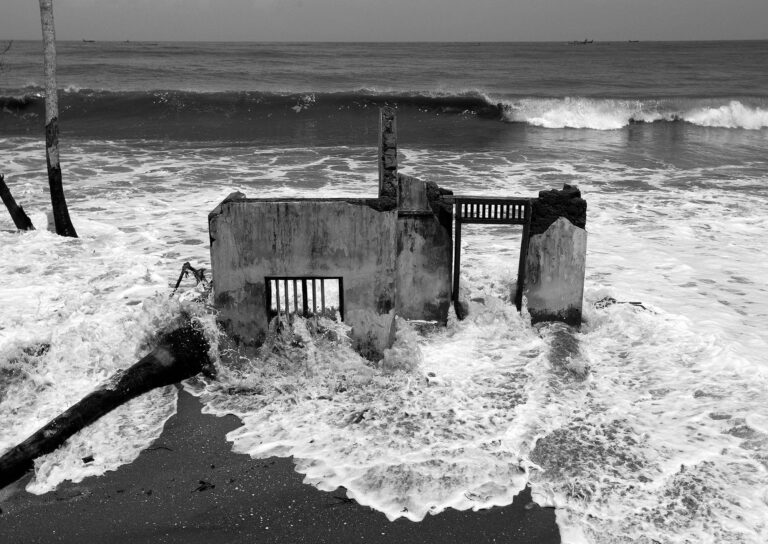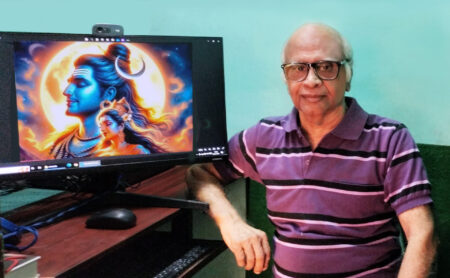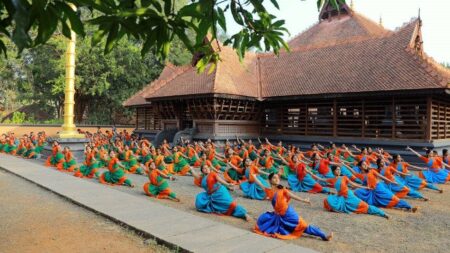Decoding KR Sunil’s photographic oeuvre — the John Berger way. Vignettes from the show at Lokame Tharavadu in Alappuzha.
While discussing the photographs of Paul Strand, critic John Berger — known for the seminal essay, Ways of Seeing— compares him with Henri Cartier-Bresson, evidently to distinguish between the two ways in which the art and politics of photography are approached.
Writes Berger: “The photographic moment for Cartier-Bresson is an instant, a fraction of a second, and he stalks that instant as though it were a wild animal. The photographic moment for Strand is a biographical or historic moment, whose duration is ideally measured not by seconds but by its relation to a lifetime.”
According to Berger, Strand does not pursue an instant but encourages a moment to arise as one might encourage a story to be told. He adds: “In practical terms, this means that he decides what he wants before he takes the picture, never plays with the accidental, works slowly, hardly ever crops a picture, often still uses a plate camera, formally asks people to pose for him. His pictures are all remarkable for their intentionality. His portraits are very frontal. The subject is looking at us; we are looking at the subject; it has been arranged like that… In each case Strand, the photographer has chosen the place to put his camera as a listener.”
With this approach, Berger poses vital questions about the photographic gaze. There are those who stalk reality, and others who contemplate it; those who only look at the world, and the others who also let the world look back; those who speak about the world through photographs and others who let it speak and listen to the world.
Life, livelihood and habitat
KR Sunil is a photographer who belongs to the latter category, to the clan of Strand. His earlier show, Manchukkar – The Seafarers of Malabar, was a series of black and white frontal portraits of seafarers from the coastal regions of Kerala. Those images of men, the struggle-scarred and wrinkled yet defiant and beaming faces of the manchukars who ventured upon umpteen journeys across the turbulent seas, formed a tapestry of life stories. The series brought ashore the rich and complex but seldom-told narratives of our maritime history, the human side of it, where every voyage was a gamble with the unpredictable forces of nature and death.
The photographs of Sunil on show at Lokame Tharavadu are also about coastal lives, livelihood and habitat. It is a series of images of crumbling, broken houses at the edge of the sea, with the waves lashing at what is left of them. At the primary level, they are about the fragility of the lives and homes of fisherfolk living at the edges of the sealine.
Says Sunil: “Most of them are engaged in fishing or allied activities. When I visited them, I came to know that many of their houses were partially destroyed due to sea erosion. These have become uninhabitable. This had a spillover effect, making many homeless throughout the coastline of Kerala. The cause of it lies primarily on the drastic change of climate, and also factors such as unscientific developmental projects and encroachment of seashore for construction.”
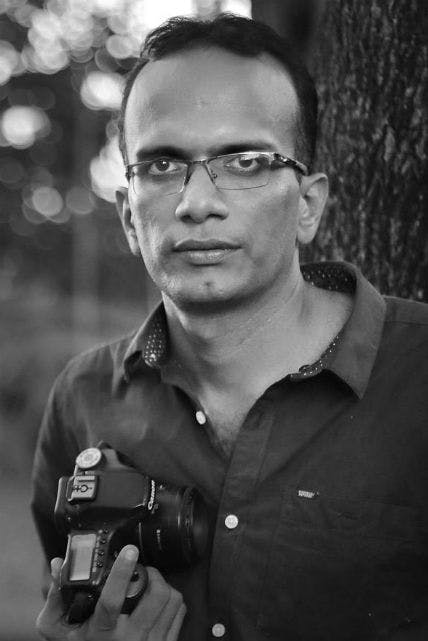
At one level, these images depict the aftermath — the state of homesteads after the tragedy has hit. The moment of happening or the drama of the actual event has passed, and what we see are its ravages; the remnants or shards of what was once a home, where families lived.As we watch these images, we stand at the desolate and slippery edges of the world as it were, between land and sea, the edges that can be washed away at any point of time by the waves that rave and roar behind. The infinite, turbulent expanse of the sea at the back is juxtaposed here with the puny, delicate human habitats, the mighty waves of the sea raging against fragile human dreams as it were.
Vanishing act
The absence of human presence in these pictures has a powerful impact. On the one hand, we feel this presence more poignantly in their absence as we watch the crumbling structures where families once cooked, ate, slept and dreamed; where children played and grandmothers told stories to them. It is as if all the lives and dreams, actions and sounds that these spaces housed and resounded with have suddenly been erased from the scene.
What remains of these structures that once housed dreams, hopes, couples and children, are empty shelves, roofless walls, naked windows. So, how do we confront and engage with this absent presence? How do we witness these photographs? Are they reminders of a past tragedy? Or warnings for the future? Appeals to act in the present?
Berger has some more concerns: “Yet what is it that they make us see? They bring us up short. The most literal adjective that could be applied to them is arresting. We are seized by them. (I am aware that there are people who pass them over, but about them, there is nothing to say.) As we look at them, the moment of the other’s suffering engulfs us. We are filled with either despair or indignation. Despair takes on some of the other’s suffering to no purpose. Indignation demands action. We try to emerge from the moment of the photograph back into our lives. As we do so, the contrast is such that the resumption of our lives appears to be a hopelessly inadequate response to what we have just seen.” (From Photograph of Agony)
Memorials of time
What is it that makes these pictures stand apart from the flood of images that inundate us, in television, social media and daily press? These images – of frozen time, tragic and furious – are in a way dredged from the flood of images for us to contemplate; when confronted as singular framed images, they refuse to be buried, they seem to cling on to the unstable sands, to earth, life, and memory. Like these walls and foundations that stubbornly resist the relentless waves like the last gasps of life, these images too fight the floods of imageries and the indifference that swamp our conscience and consciousness. Through these images, Sunil creates memorials of time, place and context out of these structures that could crumble any moment and dissolve into the oceanic chaos leaving no traces behind.
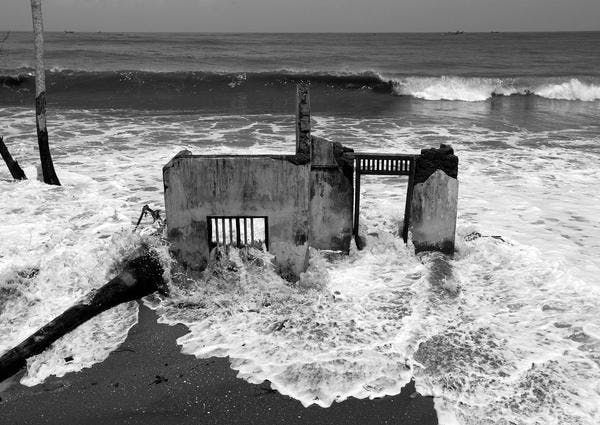
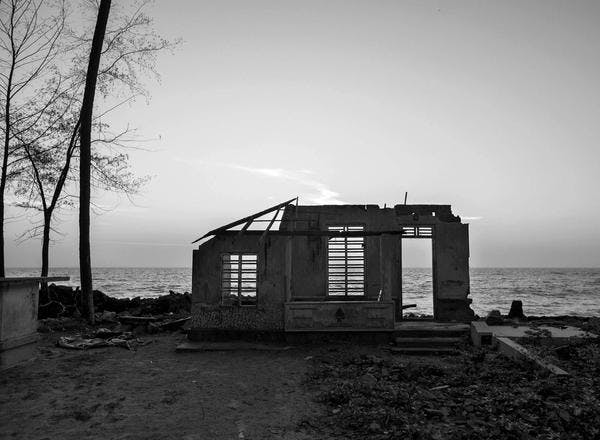
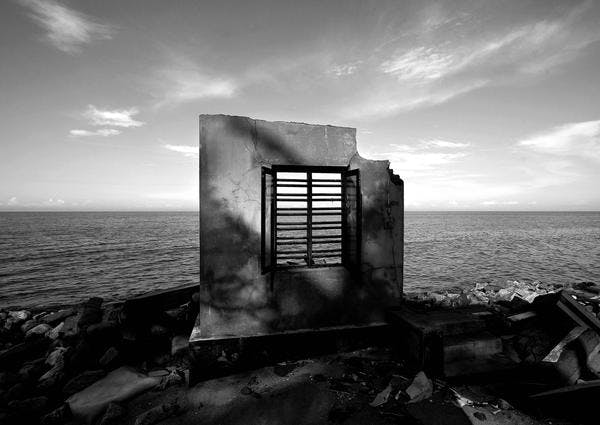
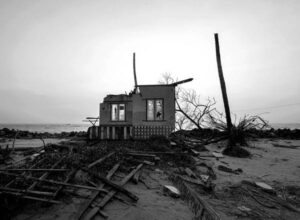
These photographs, apart from marking and memorializing a social and personal tragedy, is also a stark reminder of the global ecological tragedy we are mired in. Through this juxtaposition of man-made structures and the raging sea, these pictures speak about the fragility of planetary life; about how delicate our structures – social, political, administrative and economic – are against the unpredictable and massive furies of nature in an Anthropocene world.
The only glitch at the show was the looped soundtrack of the sea waves that is played in the background. Its monotony seemed to work against the unpredictable fury of the sea the pictures were trying to convey and thus diluting the intensity of the aesthetics of absence that the pictures resound with.
To conclude with another quote from Berger, “Photographs are relics of the past, traces of what has happened. If the living take that past upon themselves, if the past becomes an integral part of the process of people making their own history, then all photographs would reacquire a living context, they would continue to exist in time, instead of being arrested moments. It is just possible that photography is the prophecy of a human memory yet to be socially and politically achieved. Such a memory would encompass any image of the past, however tragic, however guilty, within its own continuity. The distinction between the private and public uses of photography would be transcended. The Family of Man would exist.”
(Reference: Understanding a Photograph by John Berger).
[email protected]. Read more on Lokame ThaTharavadu here.

